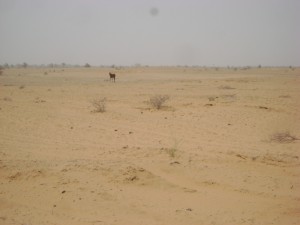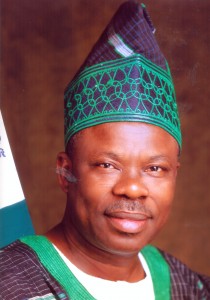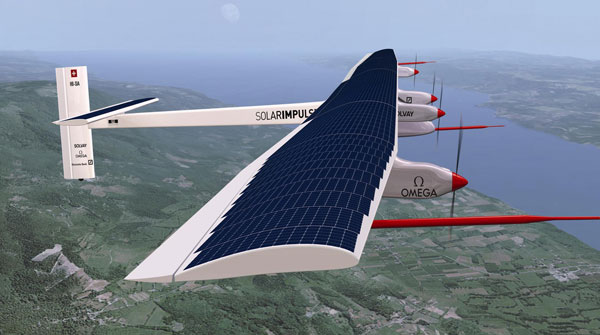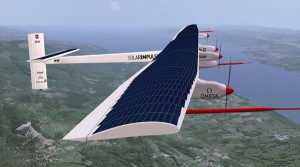The Bullitt Center is a commercial office building at the northern edge of the Central District neighborhood, near Capitol Hill, Seattle, Washington, USA. It was officially opened on Earth Day, April 22, 2013. It was designed to be – and indeed it is – the greenest commercial building in the world.
 The building has similarly been classified a “Living Building” by the International Living Future Institute, world’s most strenuous benchmark for sustainability.
The building has similarly been classified a “Living Building” by the International Living Future Institute, world’s most strenuous benchmark for sustainability.
It was built by the Bullitt Foundation, a non-profit group based in Seattle that focuses on environmental issues. The foundation occupies half of one floor in the six-storey building, with commercial tenants occupying the rest of the structure, which cost $30 million and provided about 4,800m2 of lettable space.
Crowds flocked to the grand opening of the unique building, which aims to improve long-term environmental performance and efficiency through cutting-edge sustainable technology.
Construction work began in July 2011 at the Bullitt Center, which is designed to have a 250-year lifespan. The building is built to be energy and carbon neutral, with a water and sewage processing system that allows it to be independent of municipal water and sewage systems.
Energy neutrality is achieved with a large solar panel array on the roof of the building along with energy conservation measures that cuts the building’s energy consumption to approximately 1/3 of a typical office building of similar size. Although the building is connected to the electricity grid and will at times draw more power than it produces (especially during the winter), at other times it will produce enough surplus to “repay” such withdrawals, yielding annual energy neutrality.
Considered to be at the current cutting edge of green construction, the structure required a number of technical, legal, and social innovations to achieve a high level of ecological performance. The long term, 250-year design of the building created financing problems, as banks were unfamiliar with this and thus hesitant to back such a project, because commercial buildings are typically financed based on an assumed 40-year lifespan.
Similarly, the planned 210,000 litre rainwater collection and UV light purification system ran into problems with local regulation, which requires that water for consumption be chlorinated. The builders negotiated with the regulatory agency for independent testing of the building’s water system as a substitute, but it is connected to the municipal water supply as a back-up. The builders have negotiated with building material suppliers to ensure their products did not contain any of over 360 toxic chemicals; the supplier of the building sealant, for instance, agreed to remove phalates from their product so that the building could use it.
The structure also includes social design elements to reduce consumer energy use: the building may provide immediate feedback on energy use and publicise the energy consumption of each user.
Additional features include 26 geothermal wells that extend 120m into the ground, where the temperature is a constant 13 °C. These wells will help heat the building in the winter. All of the building’s lumber is certified to standards set by the Forest Stewardship Council. and it is the first commercial building in the U.S. to earn FSC Project Certification. Also, the building has no parking spaces — only bike racks.
Several versions of supposed green buildings are being touted in Nigeria, but it appears they are yet to be realised.
For instance, a project being pioneered by United States-based Messrs Comprehensive Design Services (CDS – USA) entails structures with bioclimatic design featuring natural ventilation, wide eaves, shading from landscaping, energy from solar, wind and biogas, rainwater harvesting and the use of locally available renewable material for construction, among other elements. A key factor in the design is its affordability for low-income families.
The pilot phase has been kick-started in Igbo-Etche, Port Harcourt, River State and will end in December 2013.
Indeed, sustainable development has given rise to green buildings. Most green building practices fall into seven basic categories: energy saving, land saving, storm water runoff-reducing, material conservation and pollution reduction.
Immaculata Nwokoro (a town planner) and Henry Onukwube (builder) state that a green building uses an average of 30 percent less energy than conventional building. Material waste generated during construction is reduced or recycled. Energy efficiency is improved, perhaps by relying on the use of natural light and ventilation or solar power. Less water is used, or rainwater harvesting system is installed to ensure wiser use. Measures taken to make buildings and construction more sustainable rely increasingly on life cycle approaches.
They lament a lack of institutional structures promoting green buildings; awareness on the part of clients, tenants, professionals in the built environment sector and other stakeholders; professional capacity to incorporate green building issues and opportunities and; financial resources to undertake green building construction and upgrades.


















